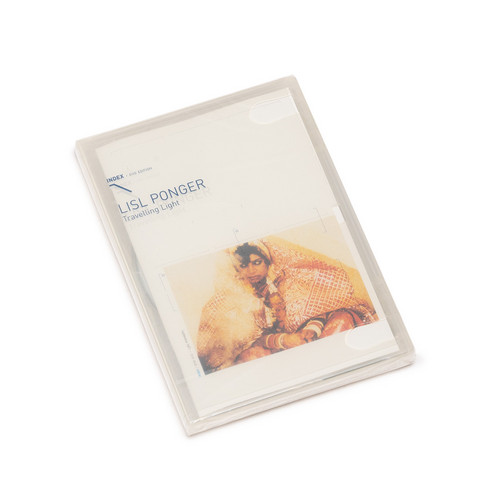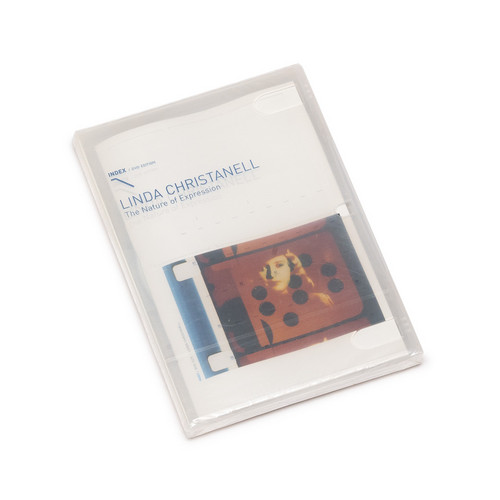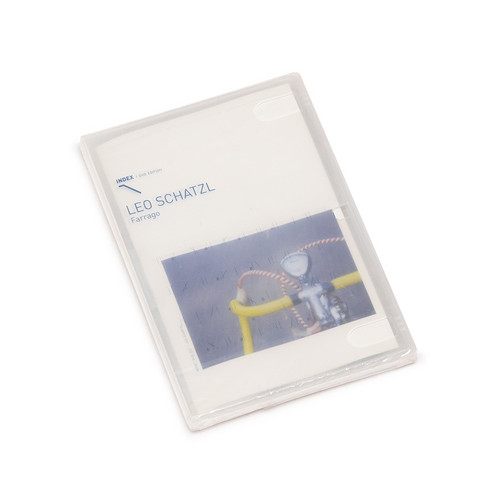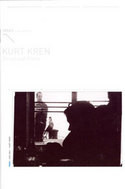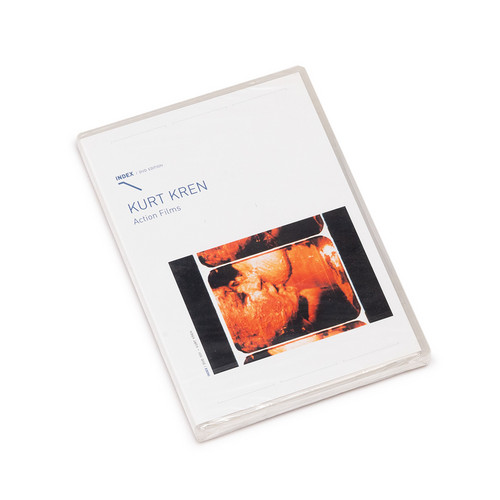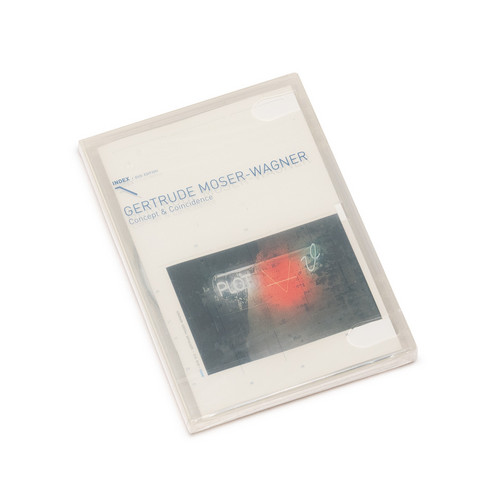★Index
Facts for Fiction / Parco delle Rimembranze
Whether he is working in the so-called documentary or so-called fictional mode, with 16mm, 35mm or high-8-video: for Pilz the central issue is our perception and the film or video is a disposition, a condition for the temporal and spatial organization of a reflection. This refers in the first instance to the mere listening and observing, but also to an intuitive sense for encounters with people, for their ways of dealing with the space within which they move and the things that surround them. Th…
A Selection of Video Works from 1990-2003
Marina Gržinić and Aina Šmid are major figures of Slovenian video art. Their political art attacks the multilayered root of the videographic medium and its relation to mass media. Using cross references from cinema, literature, theatre, visual arts and philosophy, they mobilize a vast cultural reservoir, which they re-read within the social and political reality of post-socialism. In their work transvestism becomes a linguistic strategy. Gržinić’s and Šmid’s works demonstrate that post-communist…
Iris scan
In this broad sampling of works, Bulgarian-born, Vienna-based Mara Mattuschka playfully moves through motherhood to monster flicks where an alien, out on the town, wreaks havoc of epic proportions. Androgynous star Mimi Minus infuses mischievous humor and strange wisdom into the existence of Mattuschka´s characters. (Pleasure Dome)
Travelling Light
Lisl Ponger's photographic and cinematic work investigates the circumstances of places and their territorial occupation by the camera, the acquisation of images, the function of photographic and cinematic representation, and the presentation of cultural values. Her works are characterized by that which is no longer present, which refers to that which is already absent. This is a latent component of each of her images and at the same time the particular political stance of her works.
Farrago
The subversive, ironic analysis of systems of social control; pseudo-scientific technical experiments, for example with objects of daily use; and the “manipulation” of our visual habits with the help of technical apparatus – these are central aspects of artistic work of Leo Schatzl.
Structural films
Rare selection of Kren films, spanning works from 1957 to 1979. Kurt Krens achievements with regard to the montage of short cuts in his early works was many years ahead of the rest of the (film)world, in both form and content. Kurt Kren was a pioneere: an avantgardist in the classic and best sense of the word. A filmmaker who knows how to think in images like few others in this trade, and who realized these images in films that are among the 'most beautiful' and 'most important' in cinematic his…
Action films
Though undoubtedly a collection of avant-garde works, it’s tempting to view Kurt Kren’s “action films” as documentaries. A series of collaborations made between 1964 and 1967, these ten assembled shorts find the Austrian director working primarily with the performance artists Günter Brus and Otto Mühl. Each piece serves as a recording of their actions – funny, confrontational, shocking examples of body art that should be vaguely familiar to most – yet addresses them in Kren’s own distinct manner…
Concept & Coincidence
With her characteristic consistency Gertrude Moser-Wagner has viewed her work as a sculptress in the conceptual tradition – even at a time when other approaches were more in the limelight. She uses very precise artistic stategies, such as the transferral from one context to another, the strategy of declaring something-to-be-art, of making the spectator aware of processes, changes over the time or the ambiguity of objects and shapes.
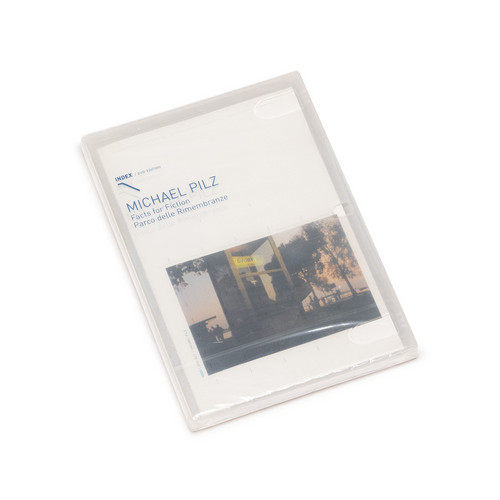
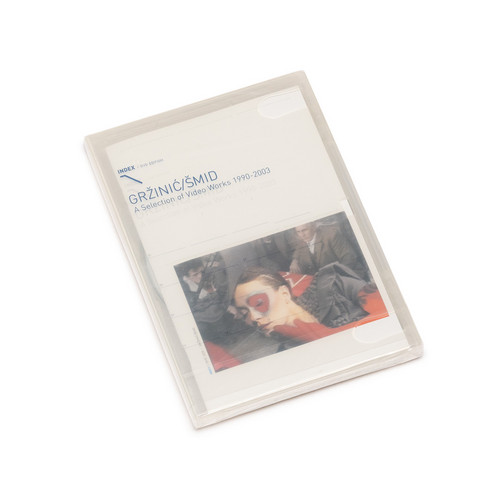
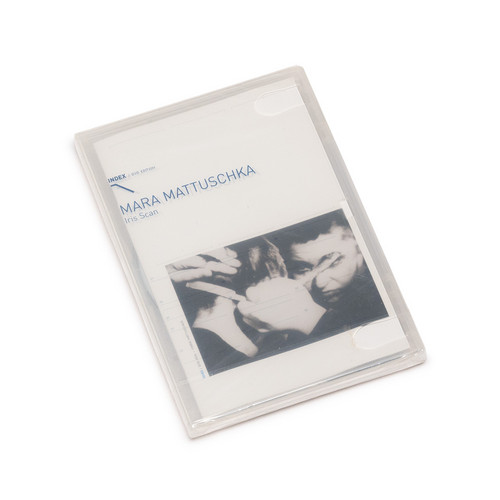
![[ma] trilogy](https://cdn.soundohm.com/data/products/2024-11/Neuwirth_MaTrilogy_DVD_01-jpg.jpg.500.jpg)
